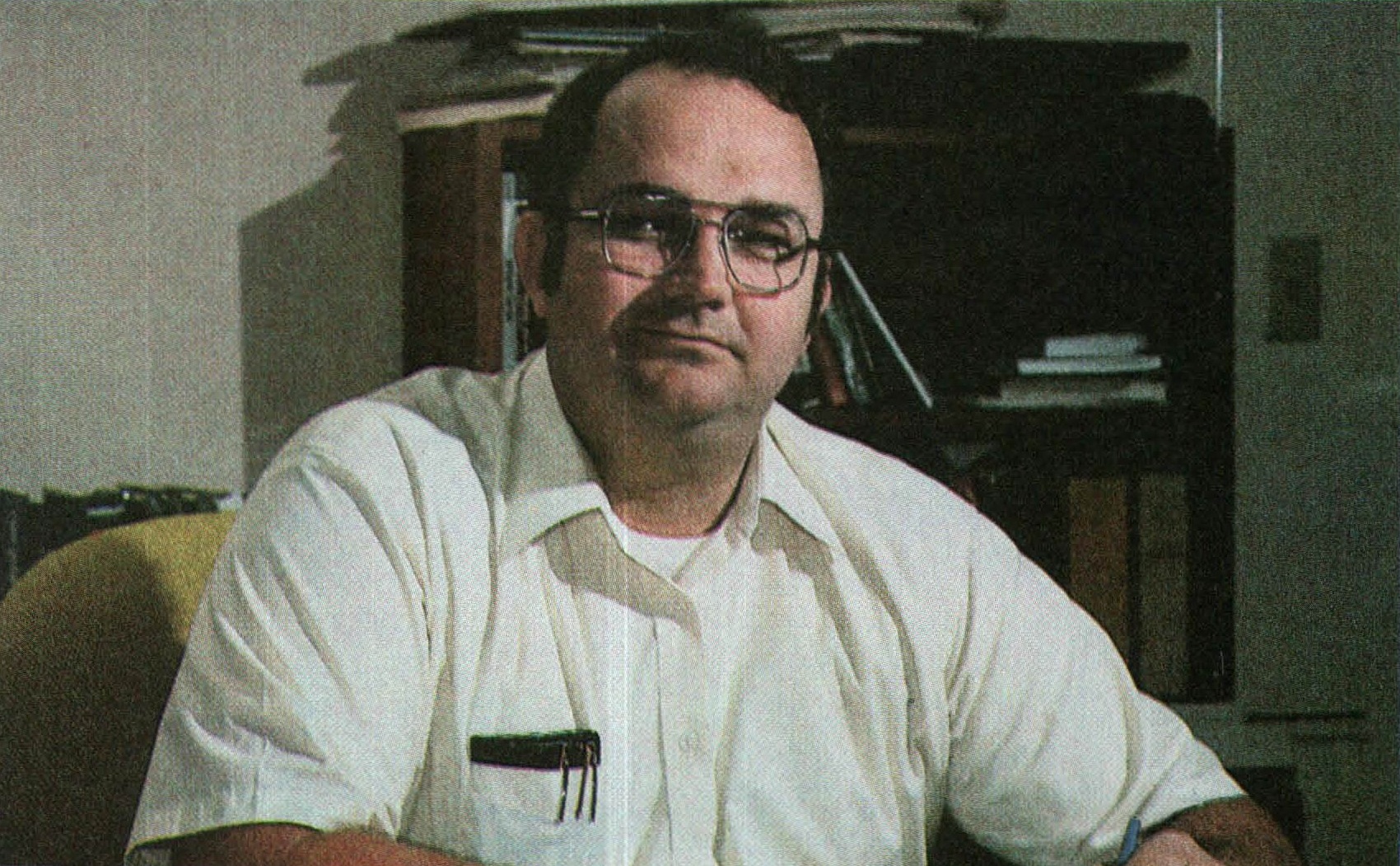In January 1975, six months after the Mark-8’s introduction, Popular Electronics published the first installment of a two-part article on a much more sophisticated computer, the Altair 8800. The Altair was the first – the very first – full-fledged personal computer on the market, and it launched the personal computer industry. It was based on Intel’s 8080 microprocessor, the successor to the weak 8008, and it had been designed by a small electronics hobby-kit company called Micro Instrumentation and Telemetry Systems (MITS), of Albuquerque, New Mexico. The Altair was, surprisingly, astonishingly inexpensive. Fully assembled, it cost $650; in a kit, containing all the necessary parts and instructions, it was priced at only $395. Thousands of orders poured into MITS in the months following the Popular Electronics articles – a deluge that no one, least of all MITS, had expected.

MITS was founded in 1969 by four men, including Edward Roberts, an electronics engineer, Air Force captain, and the company’s driving force. Twenty-eight years old at the time, Roberts was a research engineer in the laser division of the Air Force Weapons Lab at Albuquerque’s Kirtland Air Force Base. (Two of his partners were also engineers and captains at the lab; the third was a civilian.) A big, burly man with a dry, matter-of-fact manner, Roberts had been born in Miami, Florida, where his father had owned an appliance shop. After attending college for several years, Roberts joined the Air Force and ended up as an electronics teacher at Lackland Air Force Base, in San Antonio, Texas. With financial aid from the Air Force, he returned to school and received a B.S. in electrical engineering from Oklahoma State University, in Stillwater.
For the first two years of MITS’s existence, Roberts and his partners were in the Air Force, and the company was a shoestring, part-time operation based in Roberts’s garage in the northeast section of Albuquerque. Its first product was a telemetry kit for model rockets. But the world wasn’t overflowing with model rocket devotees, and the kit, not surprisingly, did poorly. The company’s next product, a gadget that could send and receive voices via infrared light, was more ambitious. Forrest Mims III, one of the company’s cofounders and an aspiring writer, wrote an article on the “Opticom,” as the device was called, for Popular Electronics. Despite the publicity – the magazine’s monthly circulation was approximately 350,000, about 130,000 more than Radio-Electronics – this kit also failed to catch on. Discouraged, Mims and the other partners decided to pull out of the company, and Roberts, who was determined to make a go of it, bought them out for $100 apiece.
Once on his own, Roberts decided to get into electronic calculator kits. It proved to be a smart move. MITS was one of the first companies to put a calculator kit on the market – a $169 model that rivaled many assembled, and much more expensive, calculators – and the company filled ten to fifteen thousand orders between 1972 and 1974. By 1973, MITS occupied two large rooms in a shopping center in northeast Albuquerque and employed about twenty-five people, most of whom packaged the kits and filled orders. The company also went public that year, issuing $500,000 worth of stock on the over-the-counter market. However, the calculator business wasn’t very profitable – the competition was murderous – and MITS made little money. (The stock hovered between 50 ? and 75 ? a share.) And when, also in 1974, the semiconductor manufacturers entered the calculator business, the bottom fell out of the market, and MITS could no longer compete. Fully assembled calculators suddenly were selling for much less than the company’s kits.
Roberts decided to go for broke with an unprecedented product – a computer kit. He had always been interested in digital electronics and had always wanted to build a minicomputer. He studied the 8080’s specifications and decided that, unlike the 8008, this chip possessed enough power to run a sophisticated small computer. He discussed his idea with Popular Electronics, and the magazine’s editorial director, Arthur Salsberg, and technical editor, Leslie Solomon, encouraged him. They had been searching for a good computer project since early that year. But they had certain requirements; the machine had to be more than a toy – more than a gadget with flashing lights – and it had to sell for under $400. And so, in 1974, Roberts and his engineers, in a desperate effort to keep the company afloat, started building the Altair.